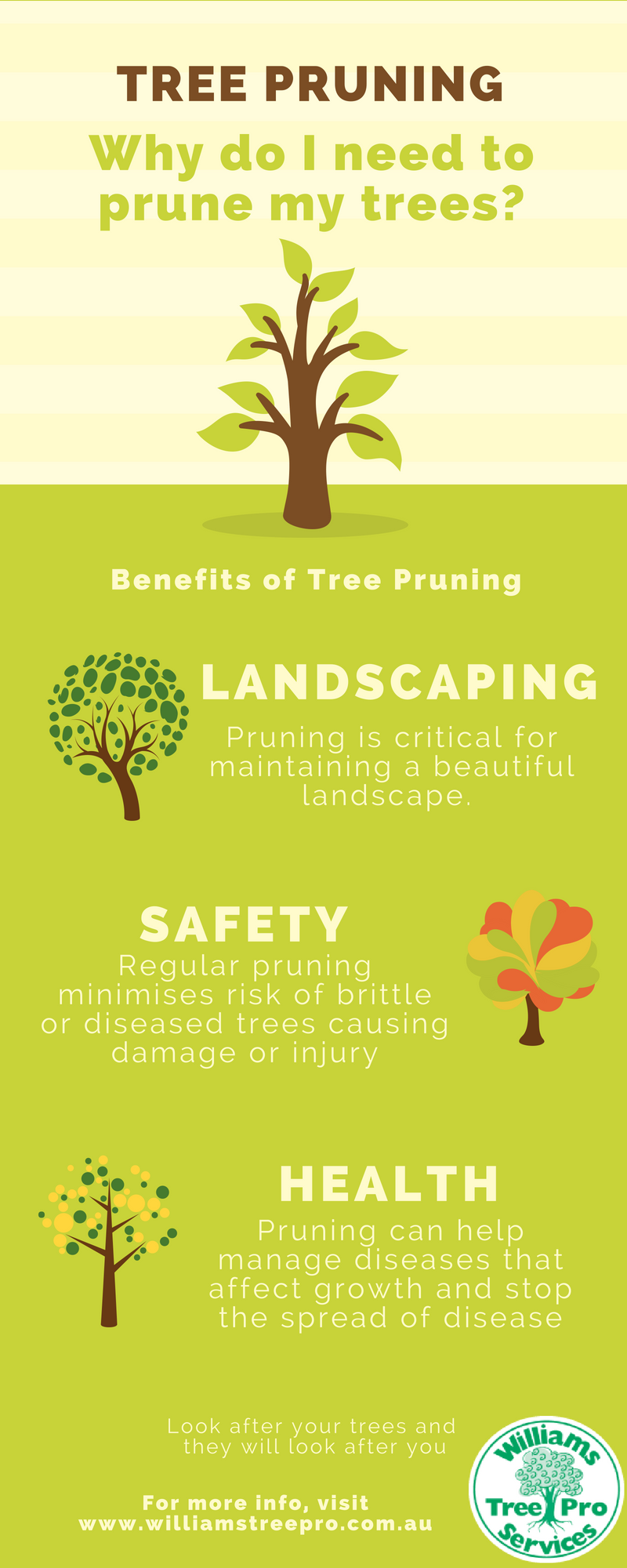Signs It's Time To Get Rid Of A Tree - A Home Owner'S Guide
Signs It's Time To Get Rid Of A Tree - A Home Owner'S Guide
Blog Article
Composed By-Siegel Lucas
Trees include appeal and worth to building, yet they can likewise present a threat during severe weather events. If a tree has actually stopped growing, is displaying noticeable fungal development, or has a leaning trunk, it must be removed by an expert to prevent residential property damage and injury.
For more information, attend a home owner source reasonable co-hosted by HPD, the Facility for NYC Neighborhoods, and Brooklyn-based real estate partners this evening in Bedford-Stuyvesant. The event will certainly include the Home owner Manual, a new guide to aid home owners browse the duties of possessing a home.
1. Dead or Dying Branches
Trees are an integral part of your home's landscape, supplying color and beauty. They likewise offer shelter for wildlife and generate oxygen, but even healthy and balanced trees can experience illness that might require their removal. Dead or dying trees aren't simply unpleasant, they can be unsafe. Their branches could drop during a tornado, bring about expensive property damage and injuries.
When a tree's branches begin to pass away, it implies that its structure is starting to break down. If most of its branches are dead, it is likely time to remove it.
Look for an absence of new development, bark peeling, open wounds or dental caries, fungis expanding on the trunk or origins and a general look of decay in the entire cover. These signs of infection can suggest a serious problem that will need specialist tree services to fix.
2. Leaning Trunk
While it's typical for trees to lean from time to time as a result of phototropism, if a tree has a harmful or extreme lean that's not because of natural processes - maybe an indication that the tree needs to be eliminated. If ewan garden is favoring a high-voltage line, home, vehicle, play framework or any other location that could be dangerous to people if it drops, after that getting in touch with a professional tree solution for elimination must be a top priority.
It's additionally vital to expect any type of sudden changes in a tree's leaning as it can suggest damages to the roots or trunk that might result in dropping. This is especially real throughout stormy weather, because high winds and rain-soaked dirt can trigger a lean to transform rapidly. Normal tracking, especially during and after storms can aid property owners acknowledge potential problems with their trees so they can call an arborist for a thorough assessment.
3. Parasite Invasion
Some pest invasions, such as wood-boring pests like emerald ash borer or sap-suckers like range bugs, are so extreme that they can cause a tree to pass away. just click the following internet site to prevent pest problem is to monitor your trees regularly. Seek places, holes, or discolorations in the leaves and bark. Analyze the trunk for cracks and indicators of insect damages, such as passages or tracks.
If a tree becomes also ravaged with bugs, or is close to a home or high-voltage line, an arborist may suggest elimination. If a leaning tree creates a new, unsteady lean, an arborist will likely suggest elimination as well to guarantee the safety of individuals and home. If a damaged or dead tree consistently loses excessive branches, it is an indication that it is time to eliminate the tree. If a tree continues to lose branches for an extended time period, it can bring about structural troubles and prospective building damage.
4. Harmed Trunk
Trees are an attractive and fundamental part of our landscape, but they do call for routine like keep them healthy and balanced and secure. If a tree is harmed irreparable it is likely time for it ahead down.
Look for indicators of damage to the trunk, including vertical splits, seams, dead branch stubs, noticeable wounds or open dental caries and extreme tree-rot. The visibility of fungis at the base of the trunk is one more alerting indicator. Fungis may show that the phloem and xylem (life-support cells) are compromised, enabling the spread of illness or a future failing.
Also, think about whether the tree has actually quit growing. Healthy trees will have new growth annually, which might be visible as buds or branches sprouting and extending. If you don't see any new development, it's a good concept to have an arborist review the tree and follow their recommendation for removal. A passing away or harmed tree can fall and trigger residential property damages.